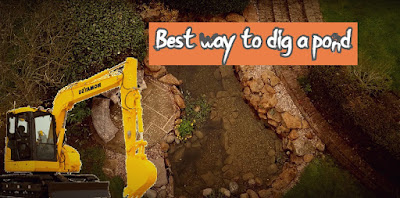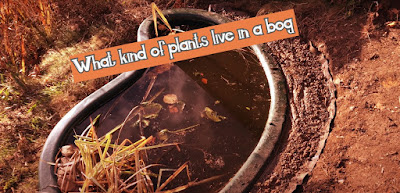How to Install a Flexible Liner? How do I calculate how much pond liner I need?
What are flexible liners and what are they made of?
As the name suggests, flexible liners can be bent and folded into shape. When laid in a hole in the ground they mould themselves to all the curves and depressions of the hole and take up its shape.There are several different materials available, varying in cost and lifespan. The cheapest, polythene, has the shortest life, and it is also the most difficult to install, although it is useful for lining bog gardens, where it is buried under soil, well away from ultraviolet light. Butyl rubber is the most expensive but it far outlasts any of the others and so the initial outlay may well be repaid. It is tough, very flexible and its surface is such that it quickly blends into the background and is lost to sight. It also has the advantage of being easy to weld, so odd shapes can be created, and is comparatively easy to repair. In between are PVC and low-density polythene (LDPE). PVC is the cheaper of the two, but LDPE is easier to lay without wrinkles. They are not as easy as butyl to join or repair. This is really a case of getting what you pay for, with the best results coming from the most expensive materials.
How do l calculate how much liner to buy?
If the pond has vertical sides measure the maximum length of the pond and add to this twice the maximum depth. Add to this 60cm (2ft) to give an overlap at the top of the pond at each end and you have the length required At right angles to this measure the maximum width, to which you add twice the maximum depth. To this figure again add 60cm (2ft) for overlap and you have the width. The sheet you then require is a rectangle, measuring length x width.If the sides are sloping make sure you measure the maximum width and length at ground level and not at the base of the pond.Although a pond with sloping sides will need less liner than one with vertical sides, unless the pond is large the difference will not be very great and it is not worth trying to calculate the difference. Inevitably, if the pond is an irregular shape there will some liner left over because it is always purchased as a regularly shaped rectangle. Keep this: it may come in useful for repairs.
Calculating the size of a liner
When you buy liner for an irregularly shaped pool, calculate the size on the basis of the longest and widest parts of the pond and make sure that you add on twice the depth of the pond and sufficient to give a good overlap all the way round. The following calculation is for an irregularly shaped pool with a maximum length of 4m (13ft), a maximum width of 3m (10ft) and a maximum depth of 60cm (2ft).Length = length + (2 x maximum depth) + 0.6m (2ft) overlap = 4m (13ft) + 1.2m (4ft) + 0.6m (2ft) = 5.8m (19ft)
Width = width + (2 x maximum depth) + 0.6m (2ft) overlap = 3m (10ft) + 1.2m (4ft) + 0.6m (2ft) = 4.8m (16ft)
Types of Flexible Liner
How can I avoid damaging the liner?
First, make sure that you use a good quality underlay between the liner and the underlying soil, the thicker the better. Sharp stones or pieces of wood in the soil can be forced upwards under the weight of the water in the pond, and even though you may have thought you had completely cleared the ground, over time these sharp objects might move upwards and make a hole in the liner above. Make sure, too, that if you place any stones or lumps of concrete in the pool for any reason, these are also separated from the liner by a layer of underlay. Even if they are placed on a layer of soil in the pond they may work their way down to pierce the liner.Most punctures, however, tend to be caused by people walking or falling in the pond or by someone hitting the liner with a sharp instrument such as a garden fork, so be extra vigilant when you are tending plants in and around the pond.












Comments
Post a Comment